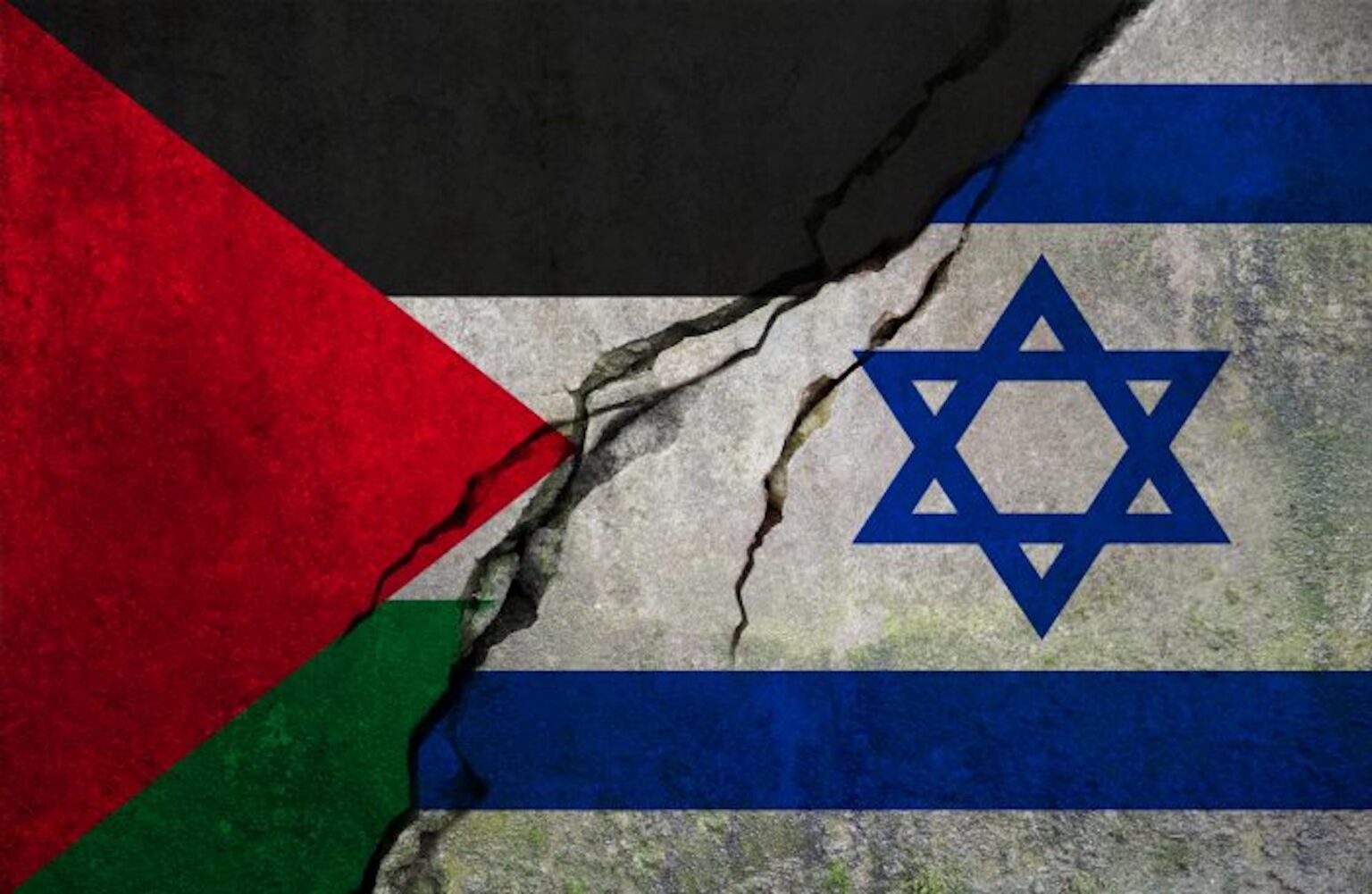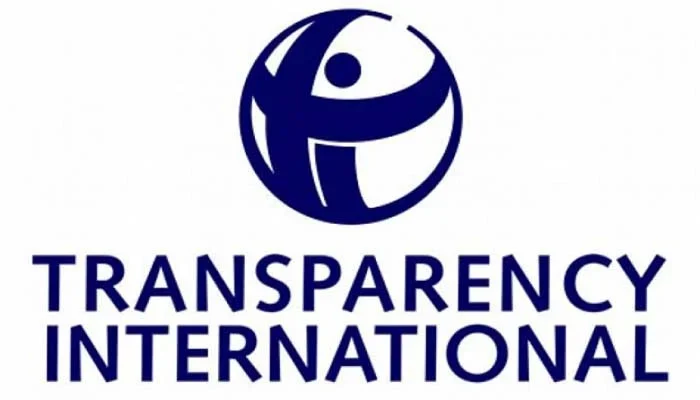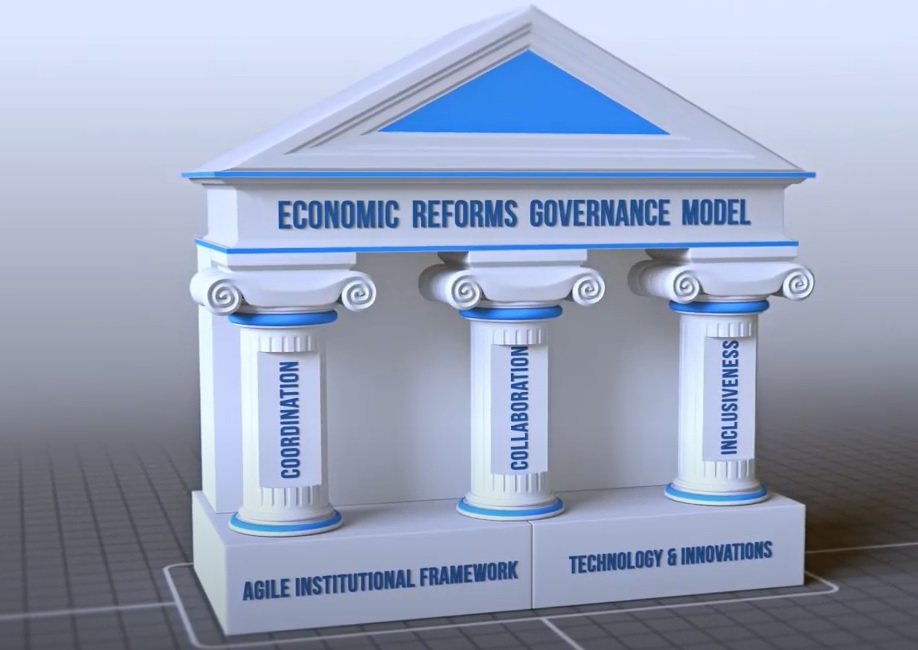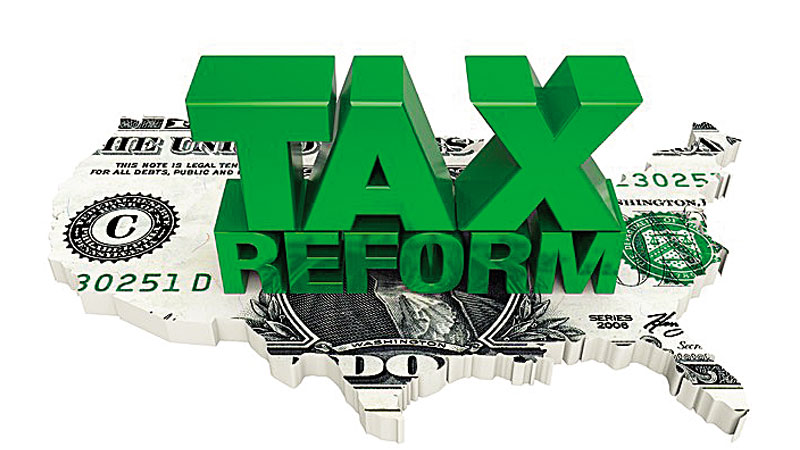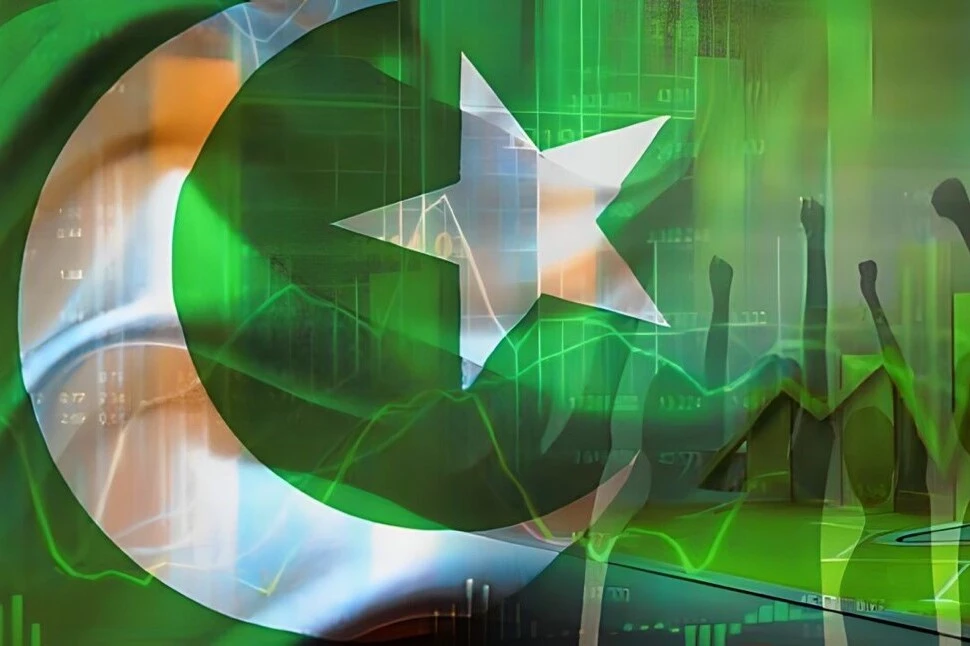Arshad Mahmood Awan
The Middle East is a region of great political significance, not only for the countries that reside within it but also for the broader global landscape. It is an area of complex geopolitical fault lines, historical tensions, and ideological divides, which can be traced back to the colonial era and the subsequent struggle for independence. These factors, along with the region’s diverse religious and ethnic makeup, have contributed to the current geopolitical landscape, making it a critical region for policymakers, strategists, and analysts. The region is home to significant oil reserves, which have underpinned the global economy for decades, and its political orientation directly impacts global energy prices. Moreover, the Middle East is a hotbed of strategic importance, with some of the world’s most significant shipping lanes, making it a vital trade route for global commerce. The region’s political dynamics play a crucial role in shaping the broader geopolitical landscape, with historical tensions and regional rivalries often spilling over into global conflicts and crises. Thus, the Middle East’s political stability, security, and economic prosperity are essential for both the region and the world, highlighting the need for visionary leadership and strategic policymaking to navigate the complex challenges facing the region.
The World Economic Forum’s Special Meeting in Riyadh, a unique gathering that brought together global leaders, policymakers, and influential business figures, was a significant event. It marked a pivotal juncture in the region’s course and showcased Saudi Arabia’s escalating prominence on the international platform. The meeting took place in the vibrant heart of Riyadh, amidst its soaring skyline and lively thoroughfares, providing a distinctive backdrop for discussions that explored intricate realms of geopolitics, ideological currents, and the very future trajectory of the Middle East.
At the core of the discussions was Saudi Arabia’s ambitious Vision 2030, a comprehensive strategy for economic diversification, social transformation, and national revitalization. After eight years of implementation, this visionary agenda is not just a plan on paper, but a tangible force ushering in a period of advancement, creativity, and societal integration. It is reshaping the region and positioning Saudi Arabia as a key player in the Middle East’s geopolitical landscape.
The forum served as a platform to showcase Saudi Arabia’s evolving role as a symbol of promise and potential in a region historically marred by unrest and unpredictability. The discussions went beyond economic discourse, delving deeply into the intricate realms of geopolitics, ideological currents, and the very future trajectory of the Middle East. Within the esteemed confines of the forum, a new narrative emerged, one that transcended traditional rhetoric and dialogue, encapsulating a profound shift in the geopolitical paradigm. This shift is defined by the rise of a new catalyst for positive change, prosperity, and regional cohesion, hinting at a future of stability and cooperation in the Middle East, instilling a sense of hope and optimism.
The recent statements by US Secretary of State Antony Blinken emphasized the significant decision confronting the region: the choice between a trajectory marked by discord and turmoil or one defined by unity, security, and peace. As a crucial player in the region, the United States has been a key actor in shaping the Middle East’s geopolitical landscape, from its involvement in the Israeli-Palestinian conflict to its relations with Saudi Arabia and Iran. The United States has unequivocally stated its position of dedication to nurturing enhanced collaboration and stability that transcends historical rifts and ideological differences. This commitment signals a pivotal step towards fostering a more harmonious and secure future for all involved.
The evolving relationship between the United States and Saudi Arabia is central to this equation. The two countries share a vision for the future and have a convergence of interests. Despite initial scepticism and geopolitical complexities, recent overtures signal a renewed sense of partnership and collaboration, extending beyond conventional security concerns to encompass a broad spectrum of mutual interests, from economic cooperation to technological innovation. This growing alliance offers a beacon of hope, reassuring the audience about the potential for stability in the region.
However, formidable obstacles persist. Foremost among them is the persistent Israeli-Palestinian conflict, a perennial source of tension that remains resistant to resolution. The situation accentuates the need for prompt and resolute action and remains a critical challenge in the pursuit of regional stability and harmony. Similarly, the spectre of Iran looms large, casting a shadow over regional dynamics and geopolitical calculations. The Saudi-Iranian détente of March 2023, a significant milestone in regional diplomacy, marked a period of reduced tensions and increased dialogue between the two regional powers. It was a testament to the potential for rapprochement and cooperation in a region long characterized by animosity and mistrust. However, underlying tensions persist, underscoring the fragility of the regional equilibrium and the complexities of navigating geopolitical fault lines.
At this pivotal moment, the Middle East finds itself at a decisive crossroads – a point in history marked by choices whose consequences will echo for generations. These choices include the path towards regional cooperation and stability, the resolution of long-standing conflicts, and the diversification of economies. Within the corridors of power and the arenas of diplomacy, the destiny of nations teeters on the edge-a poignant reminder of the enduring significance of visionary leadership, boldness, and diplomatic acumen in shaping not only the region’s fate but also the broader global landscape.






































